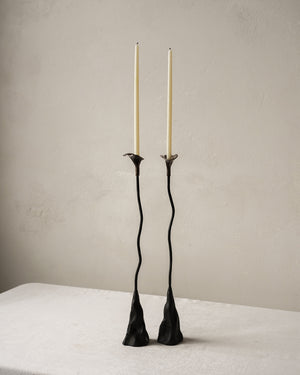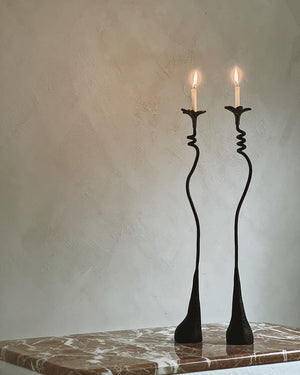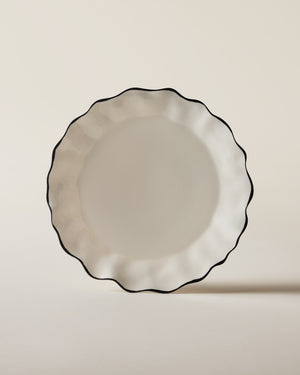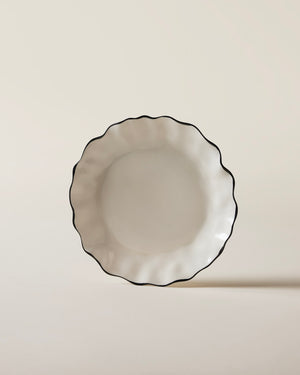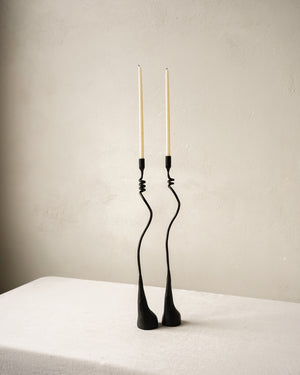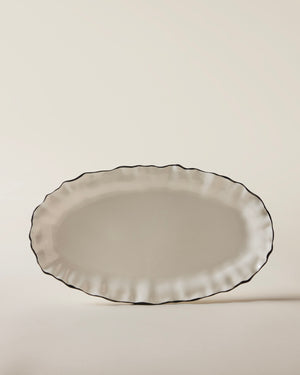ART & MYTHOLOGY
|
Sandro Boticelli ,The Birth of Venus, 1485-1486 |
Greek mythology has had a profound influence on art and design throughout the ages, and its legacy can still be seen today in many aspects of modern culture. From ancient Greece to the present day, artists and designers have drawn inspiration from the stories, characters, and themes of Greek mythology, incorporating them into their works in unique and imaginative ways.
|
|
 The Parthenon, Athens, Greece |
Built in the 5th century BCE, the Parthenon is adorned with sculptures depicting scenes from Greek myths, including the frieze that circles the temple showing a procession of gods and heroes. The temple remains a masterpiece of classical art and architecture, and its influence can be seen in many subsequent works of art and design.
|
Auguste Rodin, The Age of Bronze, 1875-76 |
|
In more recent times, Greek mythology has continued to be a source of inspiration for artists and designers in a variety of fields. From graphic design and advertising to film and video games, the stories and characters of Greek mythology have been used to convey messages, tell stories, and evoke emotions in audiences.
 The Pink Narcissus Collection by Grianfranco Briceño
|
LES artist Gianfranco Briceño uses Greek and Pre-Inca mythology as inspiration for his multi-media work in photography, ceramics, painting, and sculpture. "I have always been fascinated with the stories of Olympus, and in my research, I found a great parallel between ancient Greek culture and pre-Inca culture, from which i descended. Both the Greek and the Andean cultures made amphorae and vessels to transport water and food centuries ago. However, neither of these cultures had contact or influence on each other. This creation of synesthetic art inspires me" says Briceno.
 Pablo Picasso, Head of a Faun, 1962
|
 Henri Matisse, Pasiphaë, 1944
|
"IF ALL THE WAYS I HAVE ALONG WERE MARKED ON A MAP AND JOINED UP WITH A LINE, IT MIGHT REPRESENT A MINOTAUR"
- Pablo Picasso
Pablo Picasso and Henri Matisse, two of the most influential artists of the 20th century, were both inspired by Greek mythology in their work. Picasso was particularly interested in the myth of Demeter and Persephone, which he interpreted in a series of powerful and imaginative paintings. Matisse, on the other hand, was inspired by the classical motifs and themes of Greek mythology, incorporating them into his signature fauvist style to create works that were both vibrant and lyrical. For both artists, the stories and characters of Greek mythology provided a rich source of inspiration that allowed them to explore themes of life, death, and the human condition.
|
|
Yves Klein, Leap Into The Void, 1060 |
SHOP GIANFRANCO BRICEÑO >

